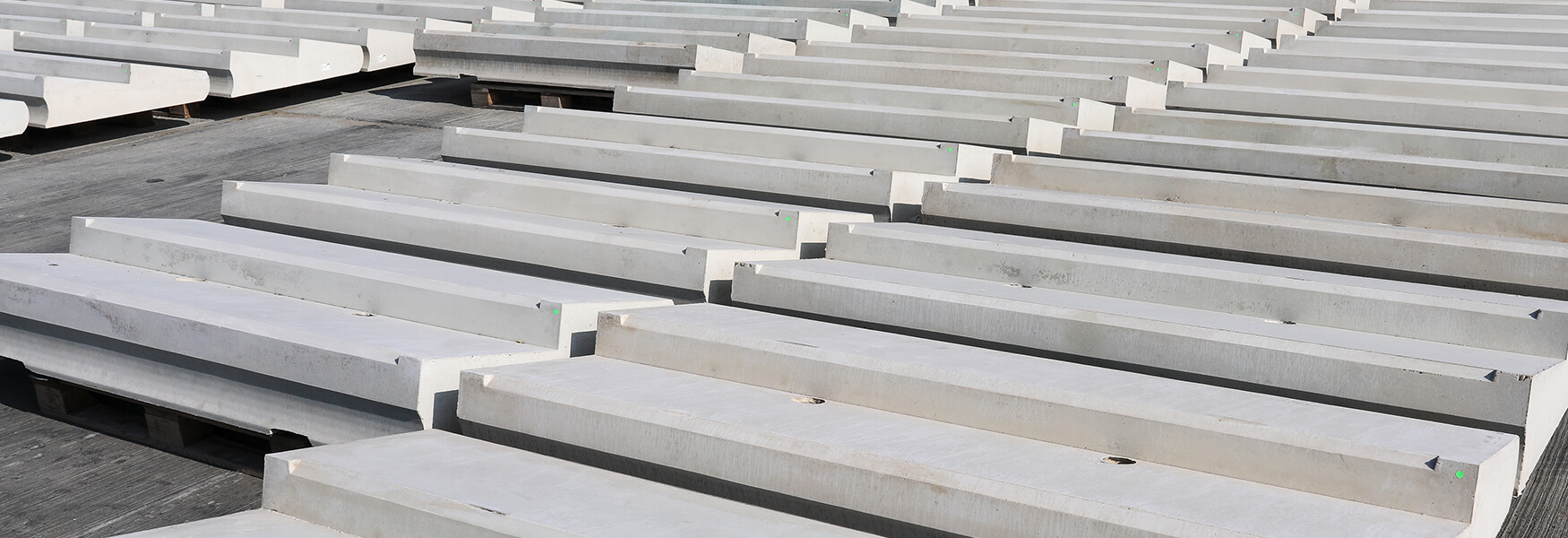
Ultra-low carbon concrete
Leading the way with ultra-low carbon precast concrete
The necessity to limit global warming to no more than 1.5ºC above pre-industrial levels has been well documented and publicised. The science could not be any clearer. The world has to reduce CO2 emissions to as close to zero as possible by the middle of this century.
The UK Government has committed to reaching net zero by 2050 and every business, organisation and individual has a part to play in achieving this.
Concrete is the most used material on the planet and as a consequence is a significant contributor of CO2. Up to 90% of greenhouse gas emissions associated with concrete are in the cement. As a building material, concrete cannot be matched. But as the world’s third highest source of man-made CO2, greener options have become of even greater importance.
As a major precast concrete manufacturer we recognise the contribution we can make to help our customers lower their carbon footprint and this is now our major driver within the business.
We hope you will join us on this important journey.
Download our Ultra-low carbon concrete brochure
Get in touch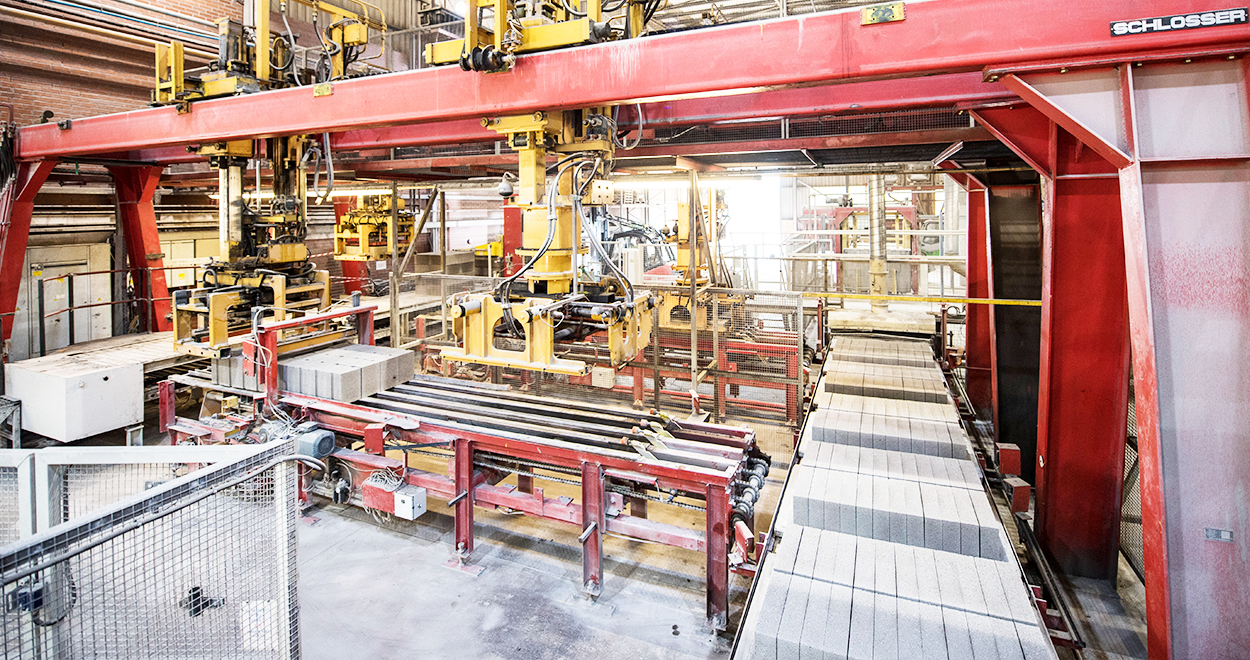
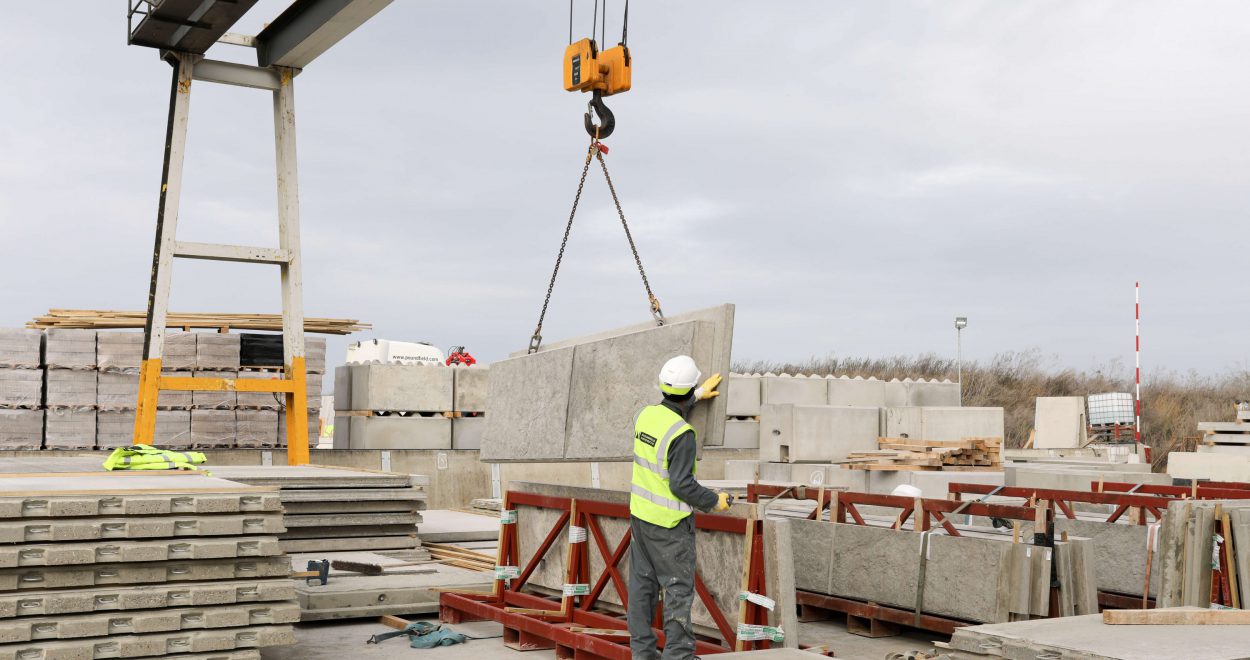
Our journey to date
In February 2021 SigmaRoc’s Precast Product Group (PPG) launched Greenbloc, the first ever cement-free alternative to Ordinary Portland Cement (OPC) blocks.
Greenbloc offers a full range of concrete blocks made from class 1 aggregates and Cemfree – a cement-free alternative to conventional concrete.
Manufactured to BS EN 771 – 3: (2011) and complying with Part E of the Building Regulations for Walls and Floors, Greenbloc is manufactured, stored and placed in the same way as conventional concrete blocks. With no compromise on strength compared to OPC blocks, it is suitable for all applications, including foundations, load bearing walls, internal
leaves of cavity walls and partition walls. Available in three options – Greenbloc, Greenbloc Premium and Greenbloc Ultra.
Greenbloc is a game-changer for the construction industry and is an important step in the greening of both construction projects and the wider supply chain, as it has the capability to reduce CO2 by up to 77% on a project compared to OPC.
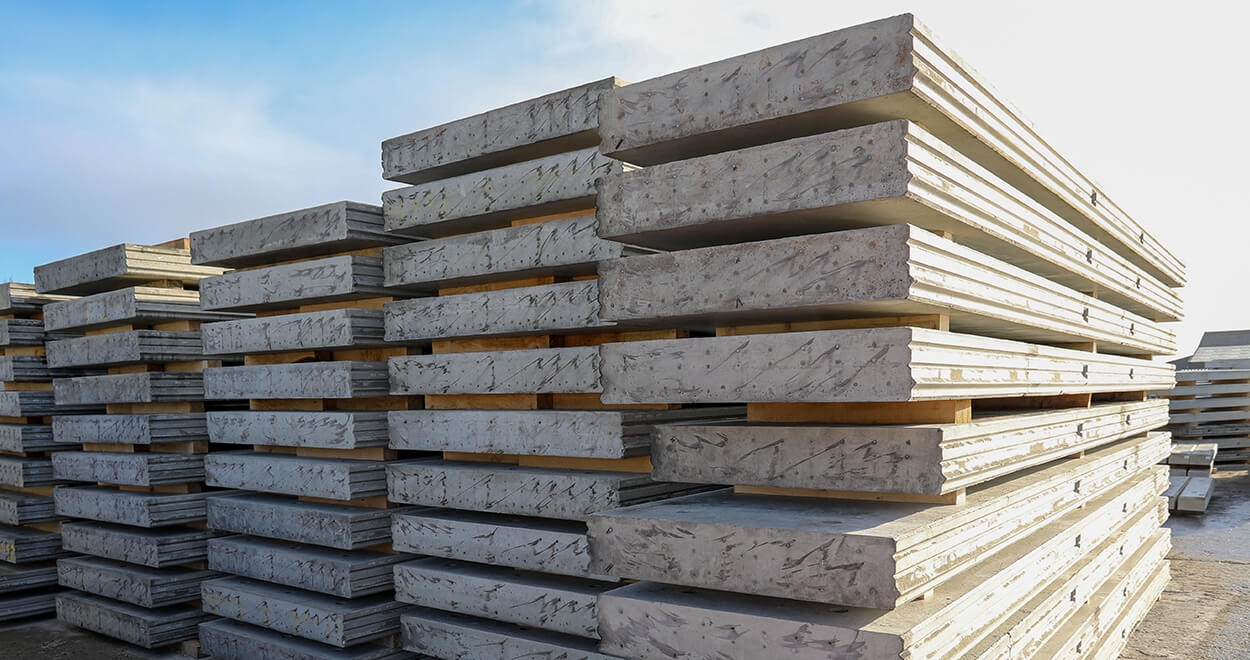
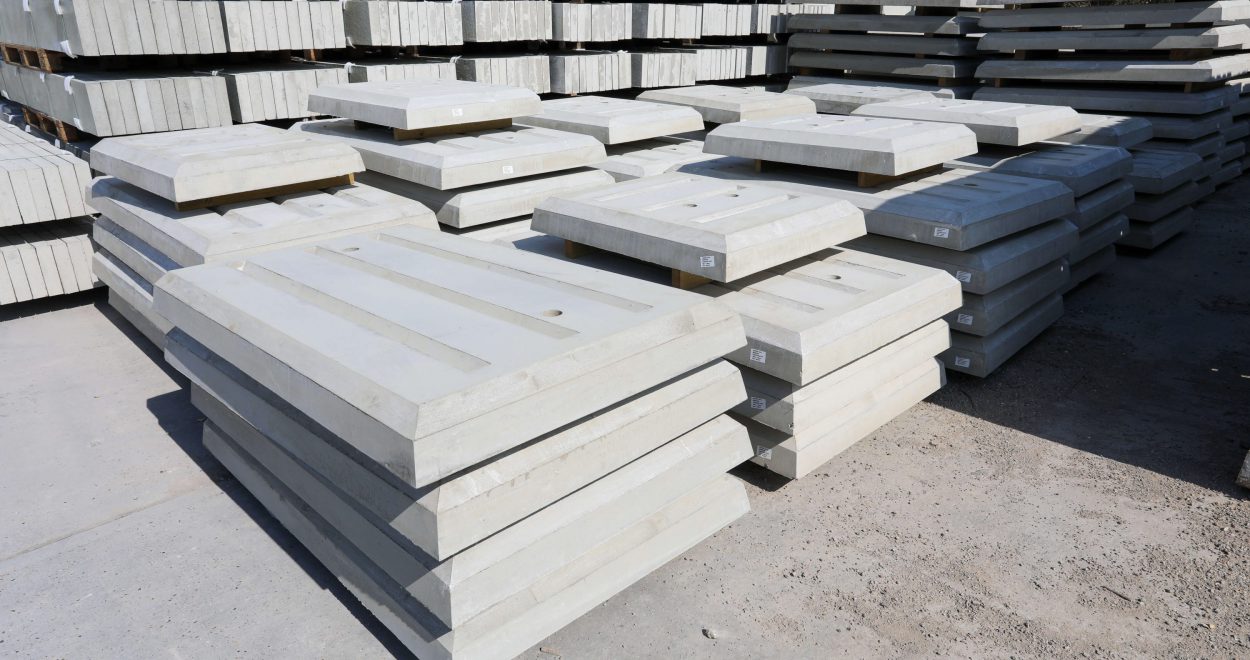
Marshalls plc collaboration
In September 2021 Marshalls plc and SigmaRoc plc entered into a strategic collaboration to develop ultra-low-carbon technology within the concrete building materials sector. The aim is to
share knowledge in the application of current technologies while working together to develop new low-carbon methods of production.
The collaboration brings together two like-minded businesses focused on developing low carbon alternatives in an increasingly environmentally conscious market. It will also represent a further step in SigmaRoc’s journey to increase access to ultra-low-carbon construction products.
Introducing Greenbloc – Precast
Since January 2022, every product manufactured by Poundfield Precast – has been available in an ultra-low carbon option and is marketed under the name of Greenbloc.
Greenbloc also extends to bespoke solutions, and is manufactured at all sites across the country, providing the broadest geographical reach of any precast concrete product supplier in the UK, while also minimising carbon emissions throughout the supply chain.
Available in three options (Greenbloc, Greenbloc Premium and Greenbloc Ultra) we are providing the construction industry with real commercial solutions to reduce embodied CO2 using our precast products.
Lowering the carbon footprint of concrete
Concrete is made up of aggregates, water, cement and air. Of these four ingredients, aggregates make up the largest amount of volume and fortunately are low in embodied carbon.
However, cement has the highest embodied CO2, and this is where the focus has been to find alternatives to OPC (Ordinary Portland Cement), to reduce the carbon footprint of this important building material.

Reducing our carbon footprint in construction can be achieved in various ways, whether that be in using cement-free options, by partial CEM 1 replacement or considering different reinforcement solutions.
Currently, within British standards there are a number of ways to reduce embodied carbon by reducing the percentage of clinker in a mix. The use of ground granulated blast-furnace slag (GGBS) for example, instead of clinker, can have a significant effect on lowering embodied carbon. CEM III/B contains up to 80% GGBS and has a 73% lower embodied carbon than Portland Cement (CEM I).
Ultra-low carbon cement-free concrete
At the moment, the greatest reduction in embodied carbon can be achieved using cement-free concrete, utilising an Alkali Activated Cementitious Material (AACM). These alternative binders to OPC are typically produced from widely occurring natural materials or industrial by-products such as GGBS and PFA. The resulting binder is comparable to OPC in strength development and durability. Replacing 100% of the OPC with a cement-free binder results in an embodied CO2 that is up to 80% lower than OPC based concretes.
However, currently the use of AACMs is not included in BS 8500 but the Green Construction Board’s Low Carbon Concrete group is advocating for a new British Standard for AACM or an update to PAS 8820. If this occurs then this will enable the use of AACMs to become a significant player in the drive towards ULCC, and will create even more opportunities for Greenbloc – precast.
This does not affect Greenbloc building blocks which meet all current standards required.
What reductions are possible?
On a recent project we’ve been involved in, by trialling and evaluating various different mixes we were able to offer our customer savings of up to 80% in embodied carbon.
ULCC is now part of our mainstream production each day, working with companies such as Bastech for their basalt reinforcement, DB Group and Wagners (to name but two) for cement-free options, and partnering with Marshalls to utilise their laboratories.
These advancements have now allowed us to produce an ULCC mix which replaces OPC by up to 70%, yet still complies to British Standards and allows overnight strengths for demoulding.
In other words, all the issues that have held back precast concrete being a viable option for a practical low carbon switch have now been eliminated.
At Poundfield Precast we work with partners who are at the cutting edge of new technologies in reducing our carbon footprint. If you want to see how we might be able to help you with a forthcoming project do get in contact and draw upon our experience.
